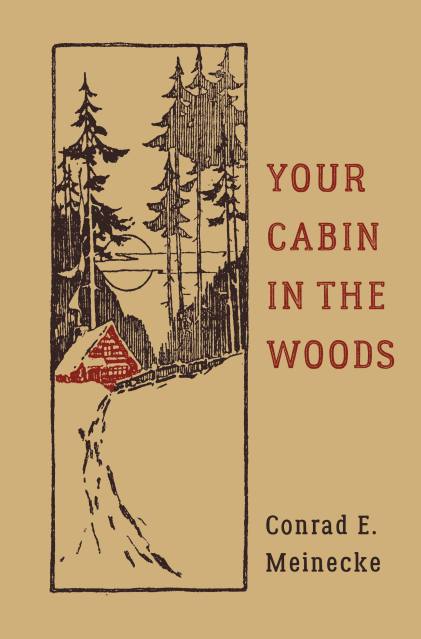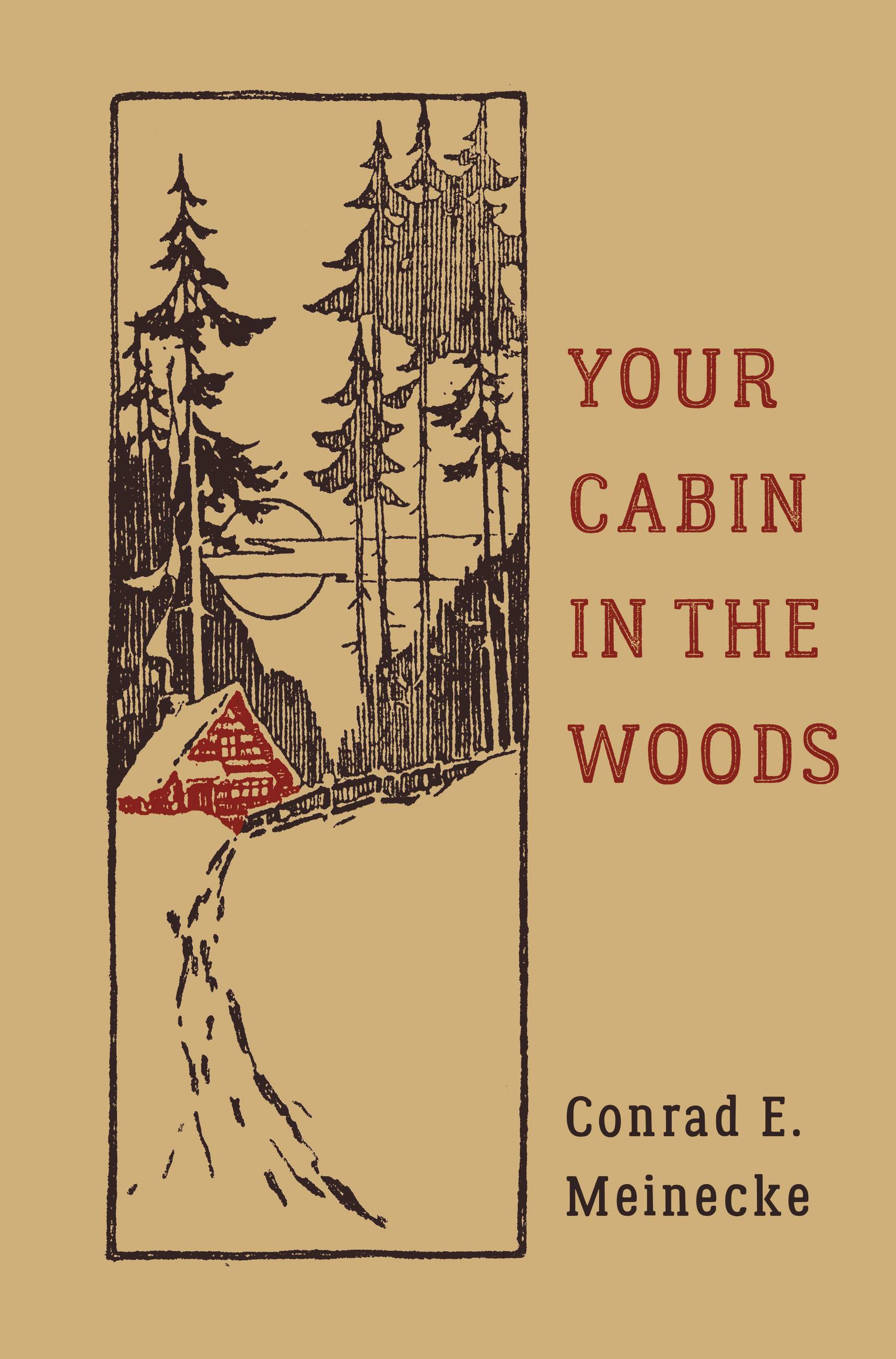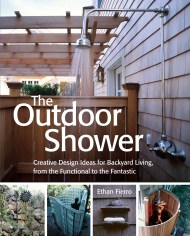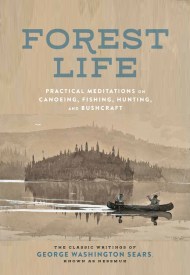By clicking “Accept,” you agree to the use of cookies and similar technologies on your device as set forth in our Cookie Policy and our Privacy Policy. Please note that certain cookies are essential for this website to function properly and do not require user consent to be deployed.
Your Cabin in the Woods
Contributors
By Victor Aures
Formats and Prices
Price
$12.99Price
$16.99 CADFormat
Format:
- ebook $12.99 $16.99 CAD
- Hardcover $23.00 $30.00 CAD
This item is a preorder. Your payment method will be charged immediately, and the product is expected to ship on or around September 6, 2016. This date is subject to change due to shipping delays beyond our control.
Also available from:
Author Conrad E. Meinecke has been writing about living the simply life in the wilderness for over 70 years with Your Cabin in the Woods and Cabin Craft and Outdoor Living. For the first time, these books are combined into a deluxe two-color vintage package.
In prose both practical and inspirational, Meinecke details how to turn your cabin dream into a reality, such as choosing land, using tools, and the basics of construction. He provides hand-drawn floor plans for a variety of cabins, from a simple two-room to a more complex long house; the best way to build fireplaces, both indoors and out; and instructions for basic furniture, lighting, and other touches that make a cabin feel like home. Throughout are Meinecke’s thoughts on ways to enjoy your new-found space, from hearty fireplace recipes to the types of wood for a perfect fire and the beauty found in birdsong.
Instructional as it may be, the book’s enduring appeal owes in large part to its warmly engaging tone and firm belief in the restorative power of nature and the satisfaction of hard work. He writes, “Take full enjoyment in the building. Take time out to rest. Most city folks seem always to rush things through. Why? Lay off until tomorrow. Take an afternoon nap. Stop the clock for the weekend. Get off to an early start in the cool of tomorrow morning. You may be crowded in your work in town, but this should be your rest cure, your recreating.”
Series:
- On Sale
- Sep 6, 2016
- Page Count
- 288 pages
- Publisher
- Black Dog & Leventhal
- ISBN-13
- 9780316395496
Newsletter Signup
By clicking ‘Sign Up,’ I acknowledge that I have read and agree to Hachette Book Group’s Privacy Policy and Terms of Use









